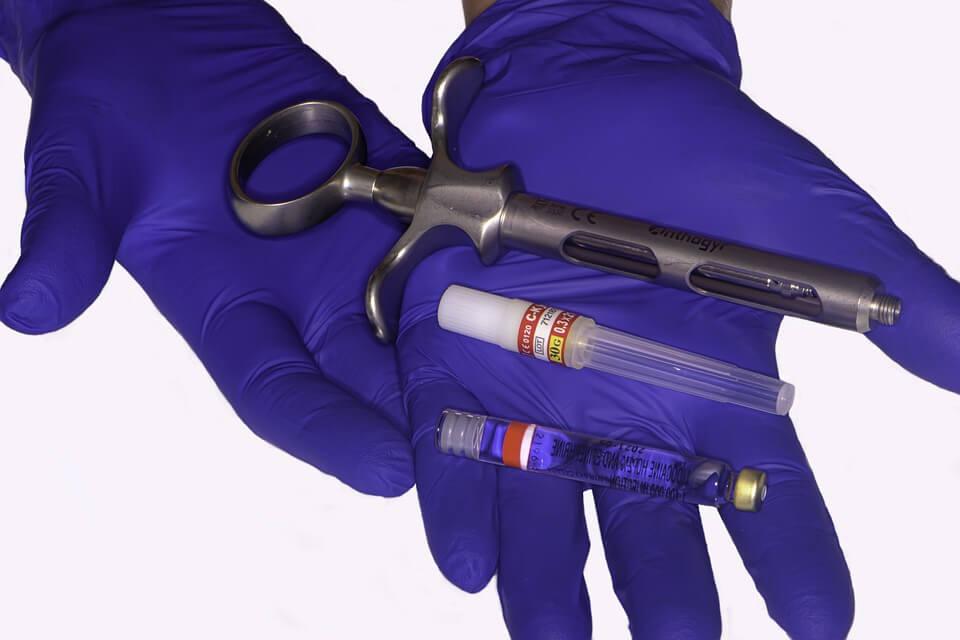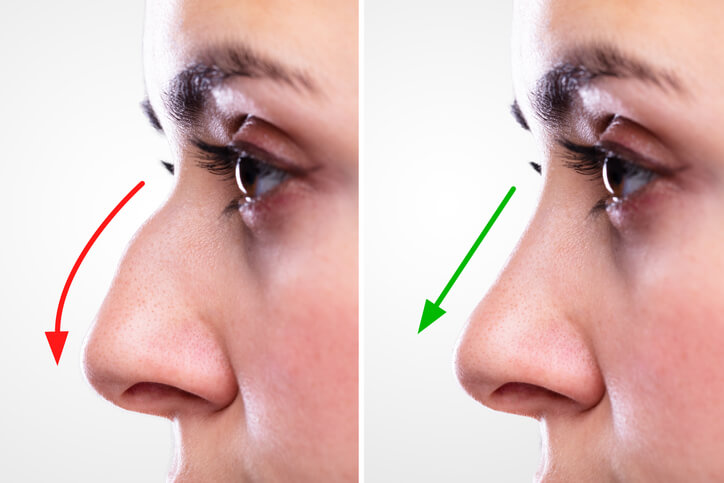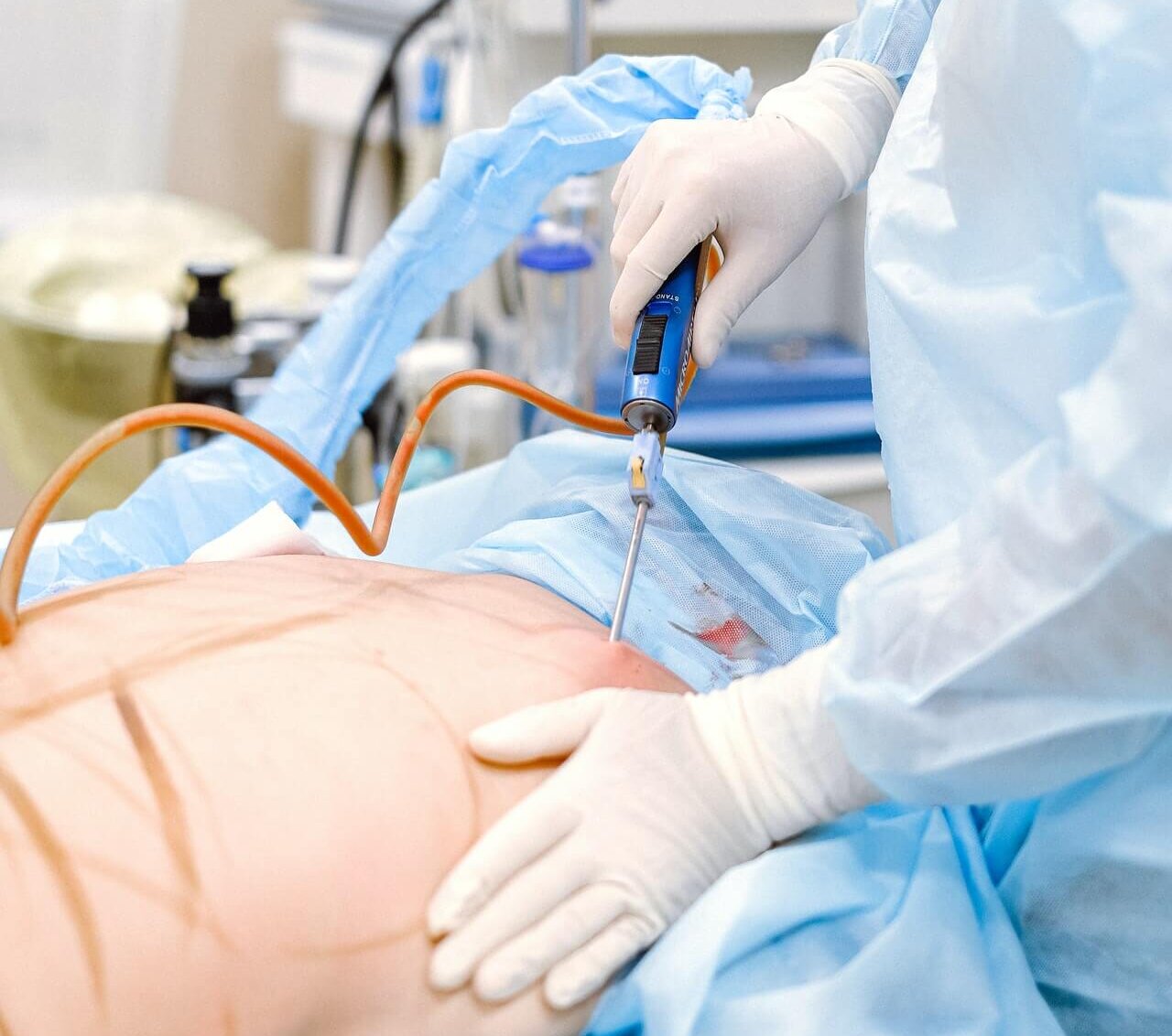Plastic surgery is a type of surgical procedure that is used to modify, restore, or enhance the appearance of different body parts. These procedures may be performed for cosmetic or reconstructive reasons, and they typically require the use of anesthesia to ensure the patient’s comfort and safety during the surgery.
There are different types of anesthesia that may be used in plastic surgery procedures, and the type of anesthesia chosen will depend on a variety of factors, including the patient’s medical history, the type and duration of the procedure, and the surgeon’s preference.
Some of the most common types of anesthesia used in plastic surgery procedures:
Local Anesthesia
Local anesthesia is the simplest type of anesthesia and is usually reserved for minor procedures that do not call for extensive incisions. It essentially involves injecting a numbing medication into the area where the surgery will be performed with a simple injection. This type of anesthesia is typically used for minor procedures and comprises a concoction usually made with lidocaine that is normally used by dentists and ophthalmologists. This type of anesthesia is typically used in procedures such as blepharoplasty, regional liposuction, and certain minor skin procedures. Local anesthesia is generally safe and well-tolerated, and patients typically recover quickly after the procedure.
One of the advantages of local anesthesia is that it allows the patient to remain awake and alert during the surgery. This can be useful in certain situations, such as when the surgeon needs the patient to move or respond to instructions during the procedure. Local anesthesia is also associated with fewer side effects and complications than other types of anesthesia.
Regional Anesthesia
This is often confused with local anesthesia but is in fact two completely different things. Regional anesthesia is sometimes referred to as the “nerve blocker” and involves administering an injection with a numbing medication near a group of nerves to block the sensation in a larger area of the body. It basically blocks the pain and the effect sometimes lasts for the initial part of the recovery. This type of anesthesia is commonly used for procedures involving the sensitive areas, such as hand and arm surgeries.
Regional anesthesia is generally safe and effective, and it allows the patient to remain awake and alert during the surgery. However, like all types of anesthesia, there are potential risks and complications associated with regional anesthesia, including nerve damage, infection, and bleeding.
General Anesthesia
General anesthesia is the most common type of anesthesia used in plastic surgery procedures. This type of anesthesia involves administering medications that cause the patient to become unconscious and unable to feel pain during the surgery. General anesthesia is typically used for more complex procedures or procedures that involve multiple areas of the body. It is administered with the help of an I.V. and also requires the use of a breathing tube, particularly for certain major surgeries like a tummy tuck.
During general anesthesia, the patient is monitored closely by an anesthesiologist or nurse anesthetist to ensure that their vital signs remain stable and that they are not experiencing any complications. After the surgery is complete, the patient is awakened and taken to a recovery area, where they are monitored until they are stable enough to be discharged.
While general anesthesia is generally safe, there are potential risks and complications associated with this type of anesthesia. These risks may include allergic reactions, breathing problems, and adverse reactions to the medications used during the procedure. However, even though it comes with risks, many plastic surgeons prefer it for longer surgeries because it offers better control with minimal movement.
Sedation (Intravenous or Conscious)
Sedation is a type of anesthesia that involves administering medications to help the patient relax and feel drowsy during the surgery. Sedation is typically used in combination with local anesthesia or regional anesthesia to provide additional pain relief and reduce the patient’s anxiety during the procedure.
There are several different types of sedation, including conscious sedation and intravenous sedation. Conscious sedation involves administering medications that cause the patient to feel relaxed and drowsy but still able to respond to commands and breathe on their own. Intravenous sedation which is also known as “IV sedation” or “twilight anesthesia” is when the pain block drug is administered to you with the help of an IV drip. This is also a form of general anesthesia as it affects your entire body.










